I bought this on Ebay having never heard of a Certo Dollina before, but a 1930’s 35mm camera with a Zeiss Tessar lens seemed interesting. As it turned out nobody else could manage the same level of interest and I was the only bidder. At just under £30 I thought it was maybe a bit on the high side for a starting bid. But anyway.
It needed cleaning and a bit of lubrication to get it fully working, but now all the shutter speeds work although 1 second and ½ second can be a bit slower than they should be. When you are approaching 90 years old I think that is allowed.
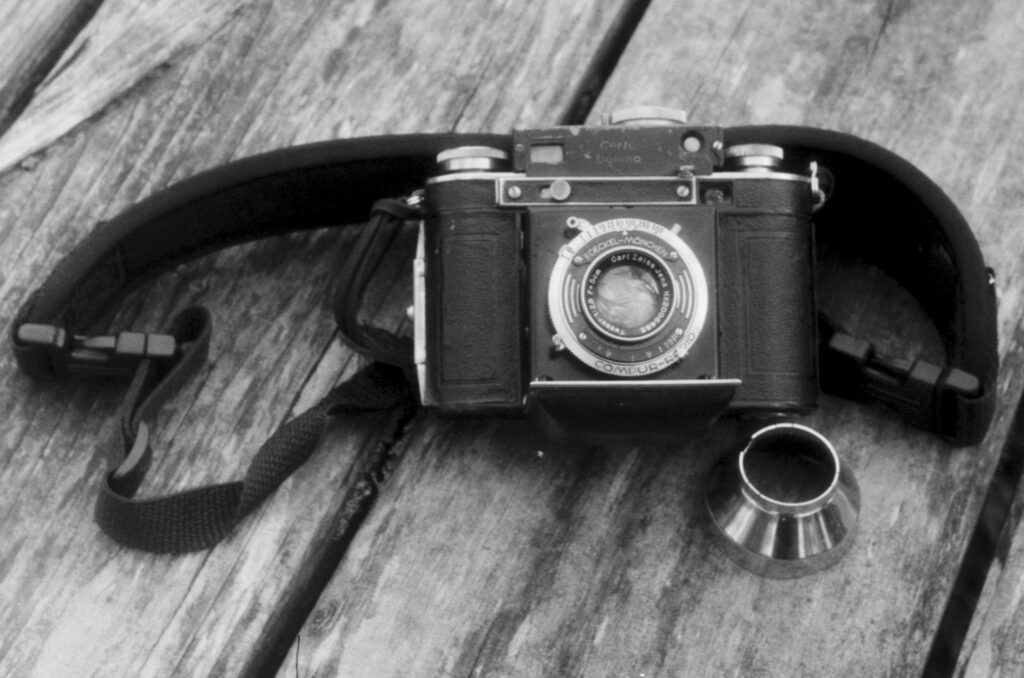
Then it was trying to find information on Certo and the Dollina 2, and finding there isn’t a great deal. Certo was a Dresden based manufacturer producing solid, mid-range cameras up until the outbreak of WW2. The company re-started manufacturing cameras after the end of the war but gradually faded out under East German state control.
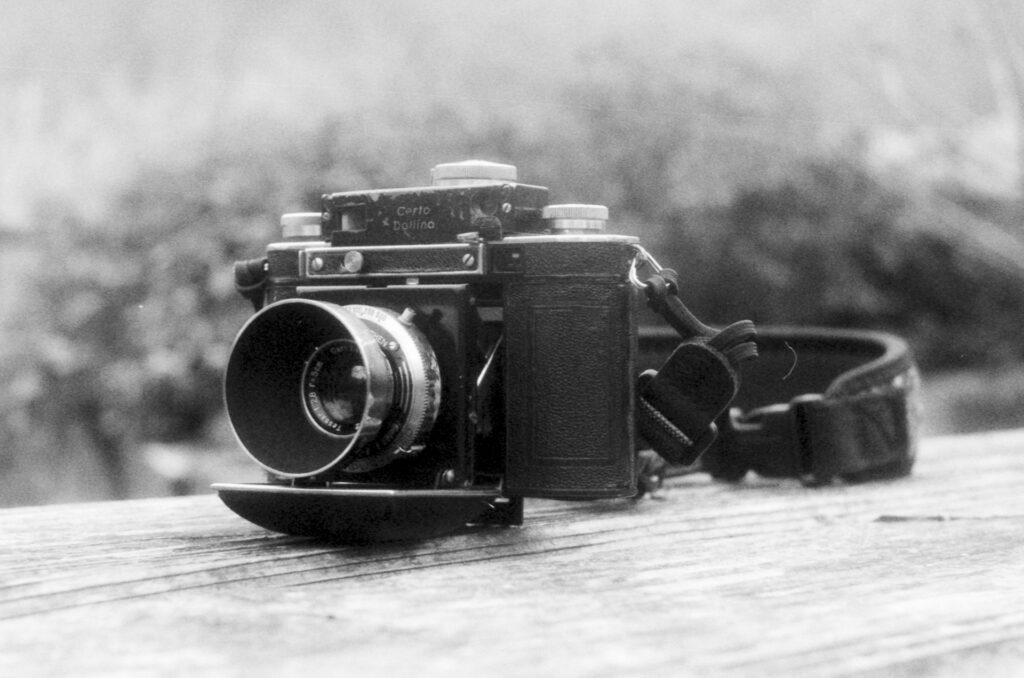
The Certo Dollina camera range appears to have been only the second to reach the market that had been specifically designed for the then all new Kodak 135 daylight-loading format. The Dollina sold at a price below the competition, which at the time of it’s launch this would have been quite limited; Kodak’s own Retinas and the Leica and Zeiss Contax cameras that would accept the 135 cartridge as well as their own proprietary reloadable cartridges. The coupled rangefinder equipped Dollina 2 was launched a year or so after the scale focus Dollina 1 and was made from 1936 to some time in 1938. The Zeiss lens on mine has a serial number for 1937, the Compur Rapid shutter one for 1938, so my camera must have been made near the end of production in early 1938. The Dollinas were available with range of lenses, mostly from Schneider including a f/2 Xenon, where the f/2.8 Tessar equipped version would have fitted in the range price-wise isn’t clear.
I’m sure you will have noticed the rangefinder, it looks to be lashed on top, but is actually held with a bracket and a couple of screws. It works but it’s not even straight, and I’m not sure it ever was or even meant to be. It is the split window type and you need to get your eye in exactly the right place to see the image. The inside of the rangefinder needs cleaning but as it is accurate I have left it for now. It does look like something I would cobble together as a ‘proof of concept’ prototype. I have a number of them, things I made quickly not wanting to waste time if it didn’t work and intending to make a better one if it did. Though mostly if they do work they stay the same forever. Maybe that is what the Dollina 2 is, a prototype that went into production while the ‘proper’ version, the Dollina 3 with the rangefinder integrated into the camera body, was being developed. There is always something to be said for being present in the market when there is little competition.
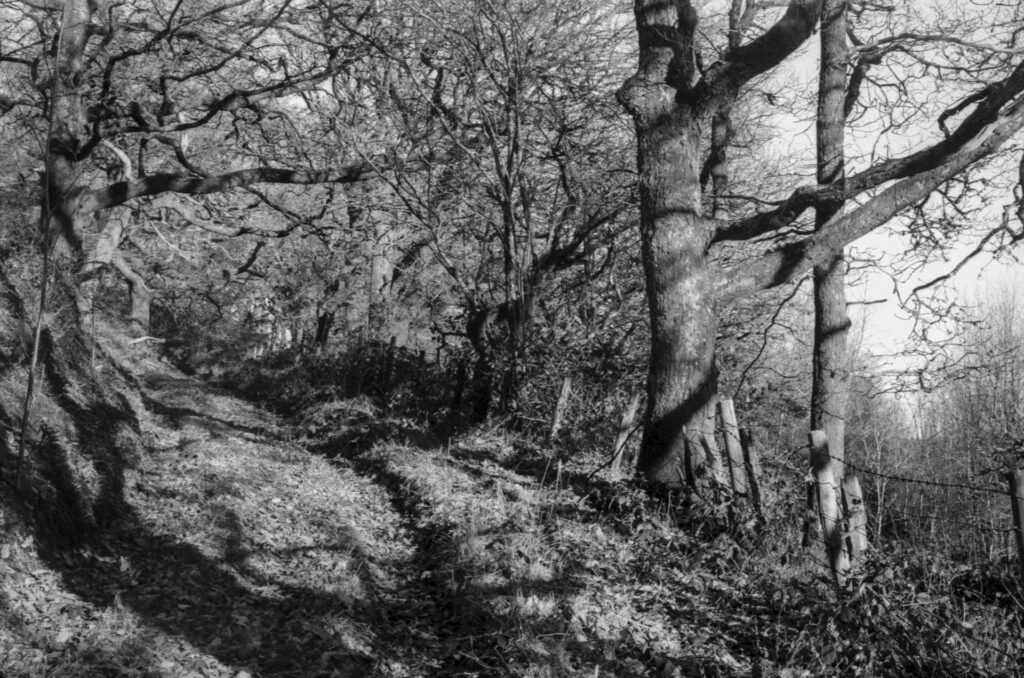
Ilford Delta 400.
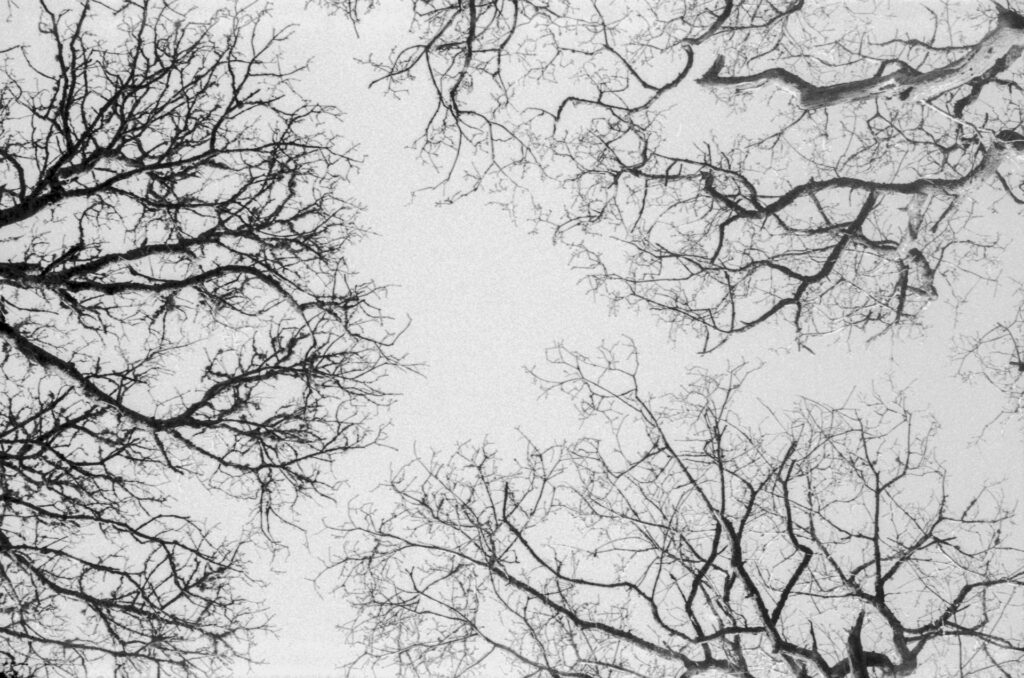
Ilford Delta 400.
The rangefinder focusing works on the scissor action of the folding mechanism, this does mean you can pre-focus with the camera folded ready to snap open (it does) and take a photo when required. The separate viewfinder is surprisingly bright and although I cannot see a dioptre adjustment it matches my prescription very closely, strangely making it an easy camera to use without glasses but out of focus with. And like other users have found it does seem to look up a bit.
Some other aspects of using the Certo Dollina can also be awkward, there is no connection between the winding mechanism and the shutter so planned double exposures are possible. The winder locks when the frame has advanced enough, but has to be released manually by a button on the front of the body to advance again. So how to know whether it is wound on or not? I have had both blank frames and inadvertent double exposures so now I try to remember to wind on straight away after each exposure. I suppose that at the time a lot of roll-film cameras would have been the same so photographers would have been more used to the absence of a shutter lock.
Oh, and the spacing between the frames is large, consistently between 3.5 and 4mm against the 2mm that is the standard for the 135 format. So a 6 frame strip is too long for film scanner negative holders. And it means getting 36 frames on a “36 exposure” roll is only possible with careful loading.
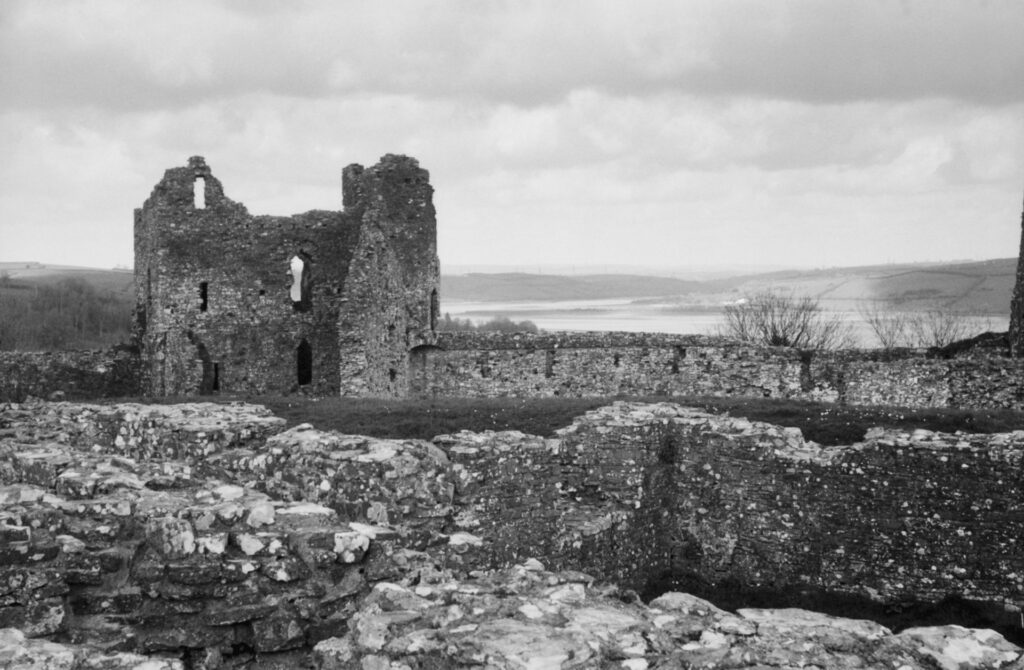
Ilford Delta 100.
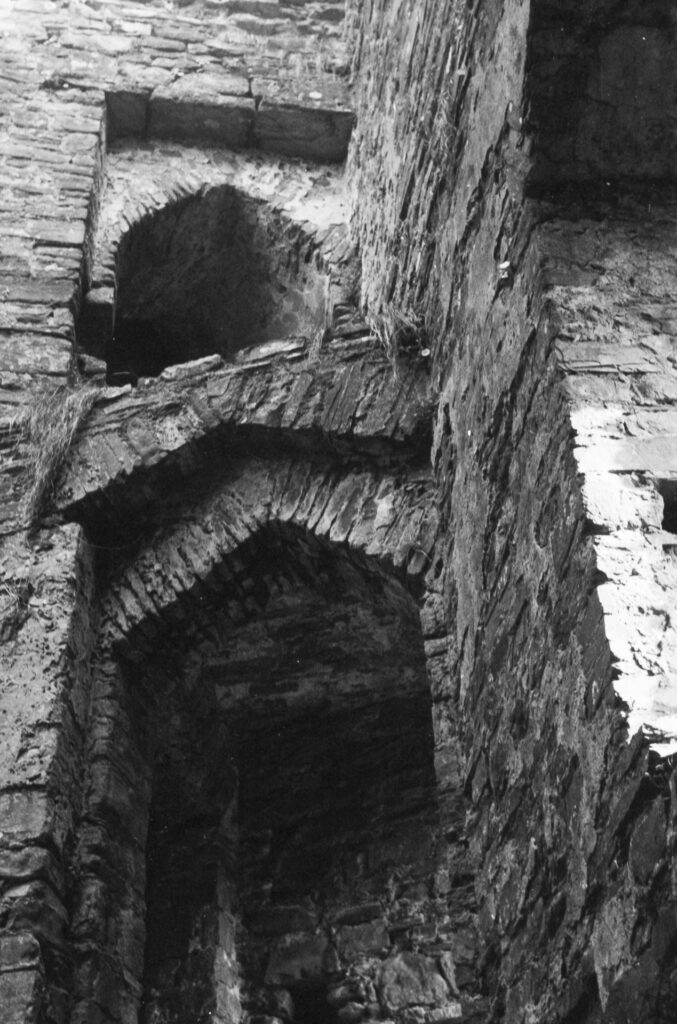
Ilford Delta 100.
The dial on top focuses the camera, it feels very natural reaching for it with the fingers of the right hand, but your head gets in the way when looking through the focussing viewfinder and in doing so your fingers cover the right rangefinder window. It also is quite easy to reach with fingers of the left hand, but then these block the left window and poke you in the eye. I find that bringing my hand down from above is the way to use it with the camera in the horizontal. It is a bit easier with the camera on the side, but you then need something horizontal at the right distance to line up the split image on. I note that the later models had the focus knob moved to the side of the camera body.
This is my first experience of a Compur-Rapid with 1/500 as the fastest shutter speed, setting one with 1/400 can take some getting used to, 1/500 seems like another step on. It takes extra effort just to move the speed selector and even more to cock the shutter. Once cocked I imagine I can hear the mechanism humming and with trepidation look through the viewfinder wondering if it’s about to shed springs and shutter blades outwards at velocity. Releasing the shutter produces a surprisingly mild click and a sigh of relief that I’m sure comes from the camera.
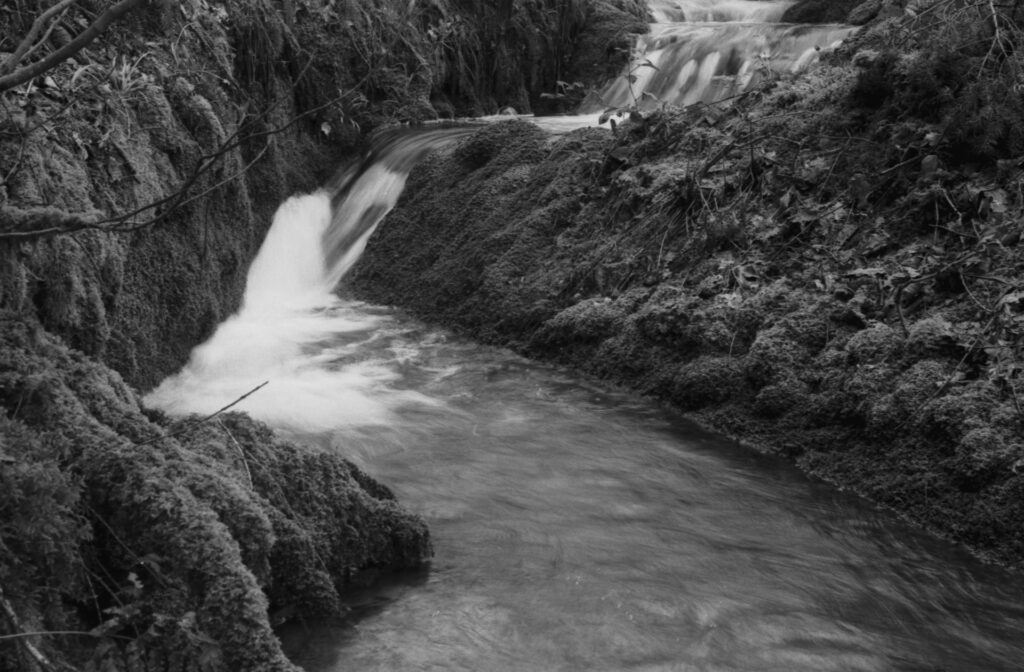
Ilford Delta 100.
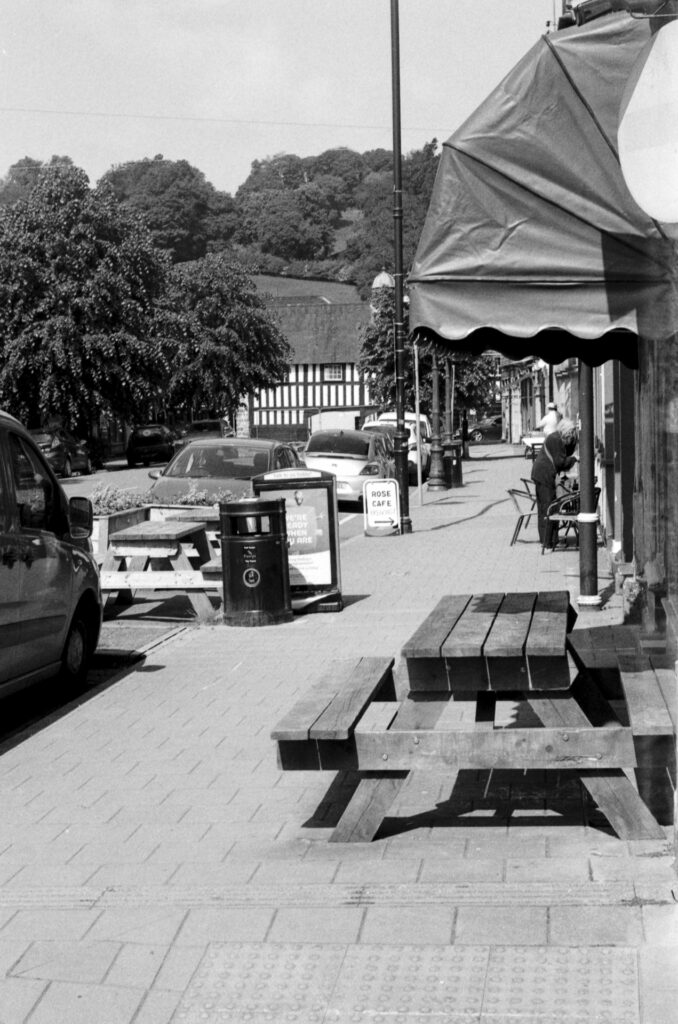
Adox CHS100ii.
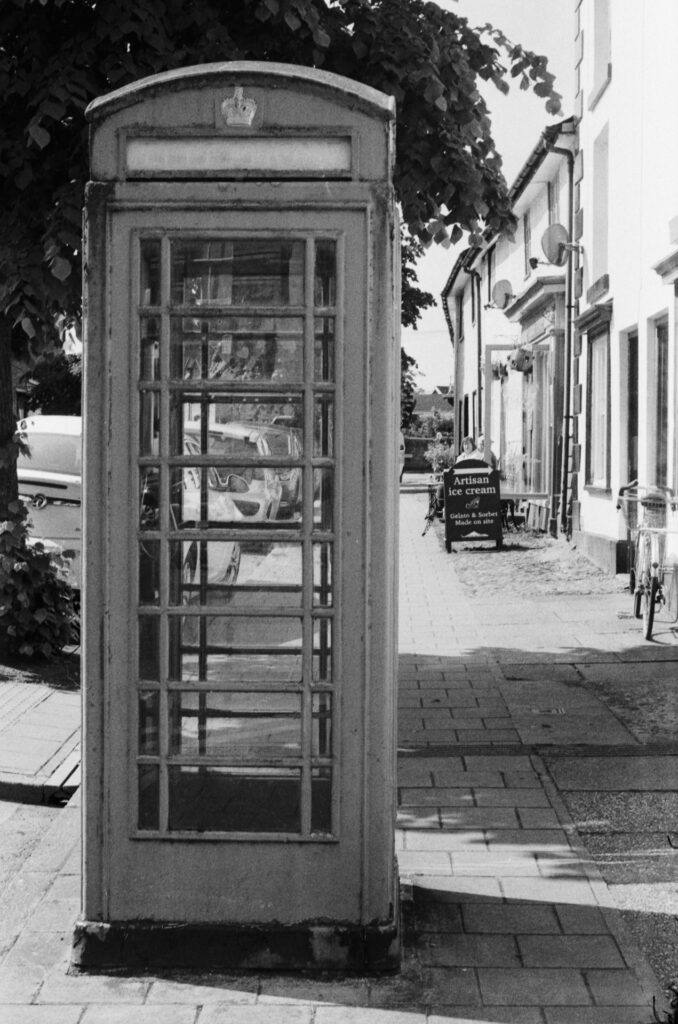
Adox CHS100ii.
I have decided I rather like the Certo Dollina. It fits nicely in a pocket and the lens lives up to expectations. For a camera approaching 90 years old it works well once you get to know it. It’s certainly not jewellery or will even attract much attention. It is a device for taking photographs, not for being the subject of them.
Try these usual sources for a bit more detail. Otherwise information online is generally repetition.
Mike Eckman
Camera Wiki
For those interested in such things the photos of the Dollina were taken on Rollei RPX100 with a Zenit-C and Industar 50 lens.
Share this post:
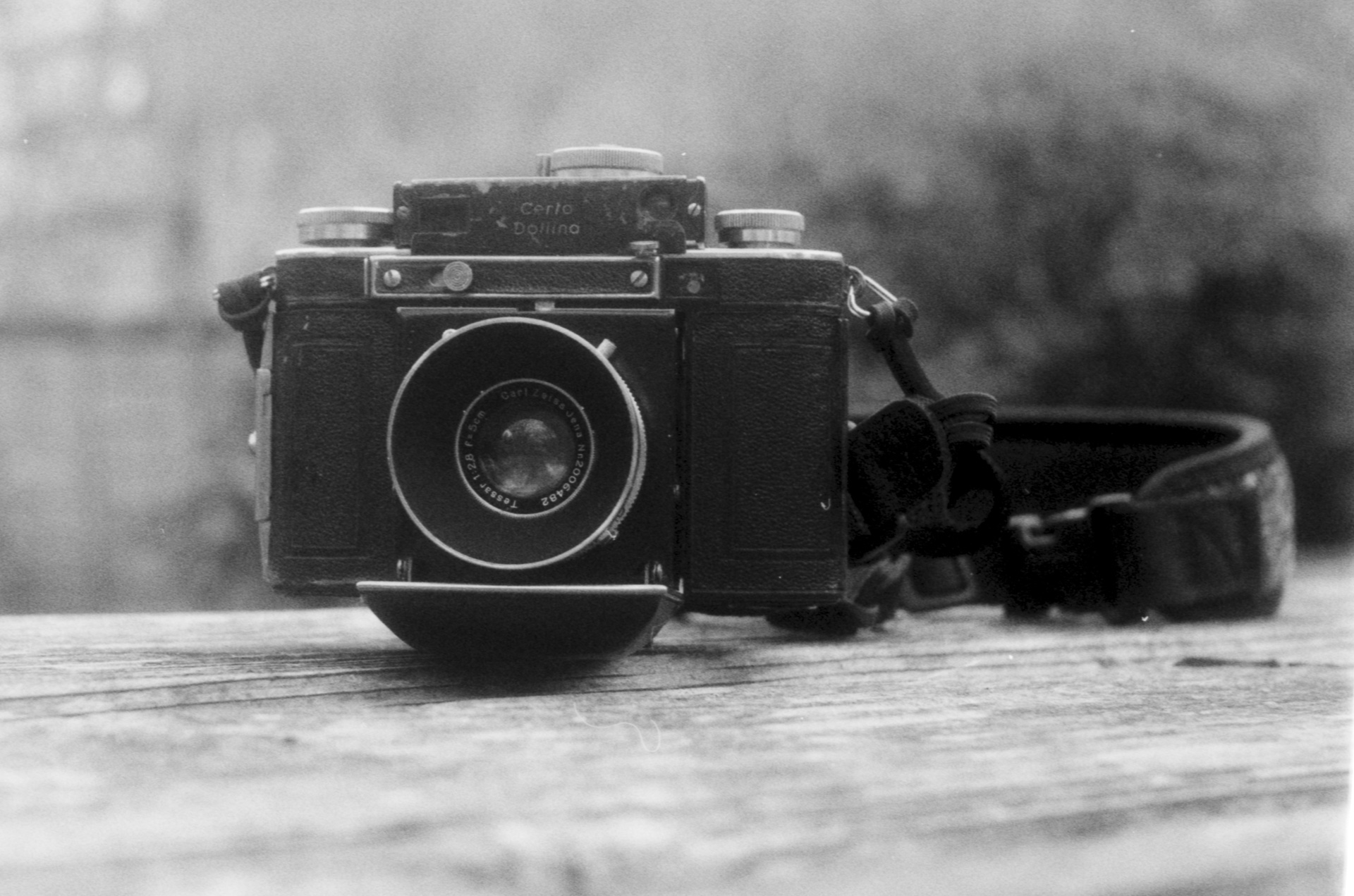

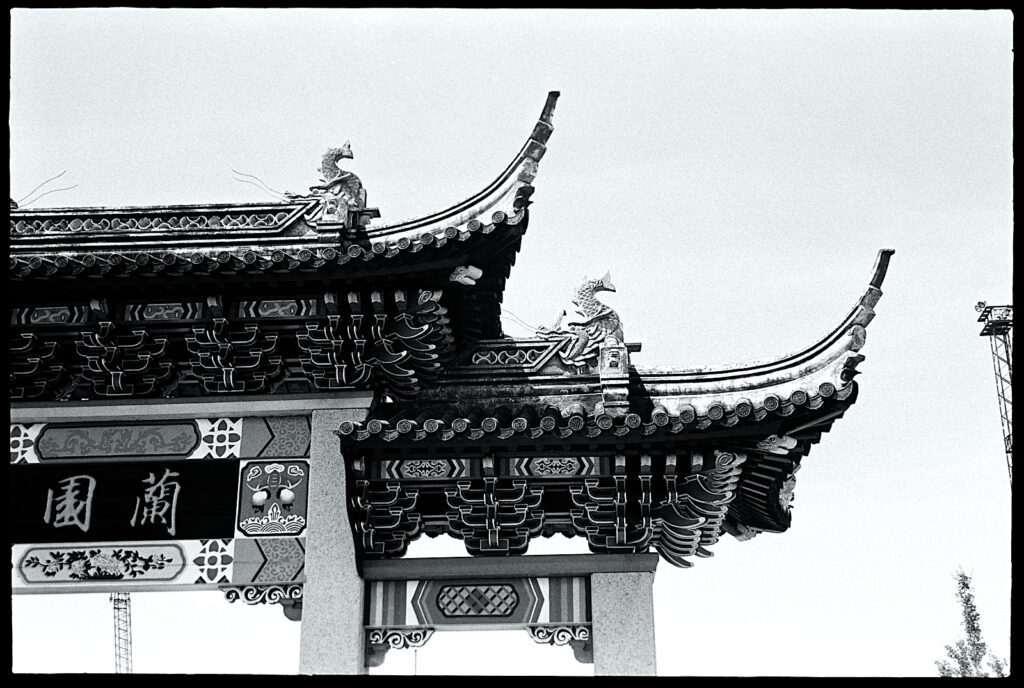
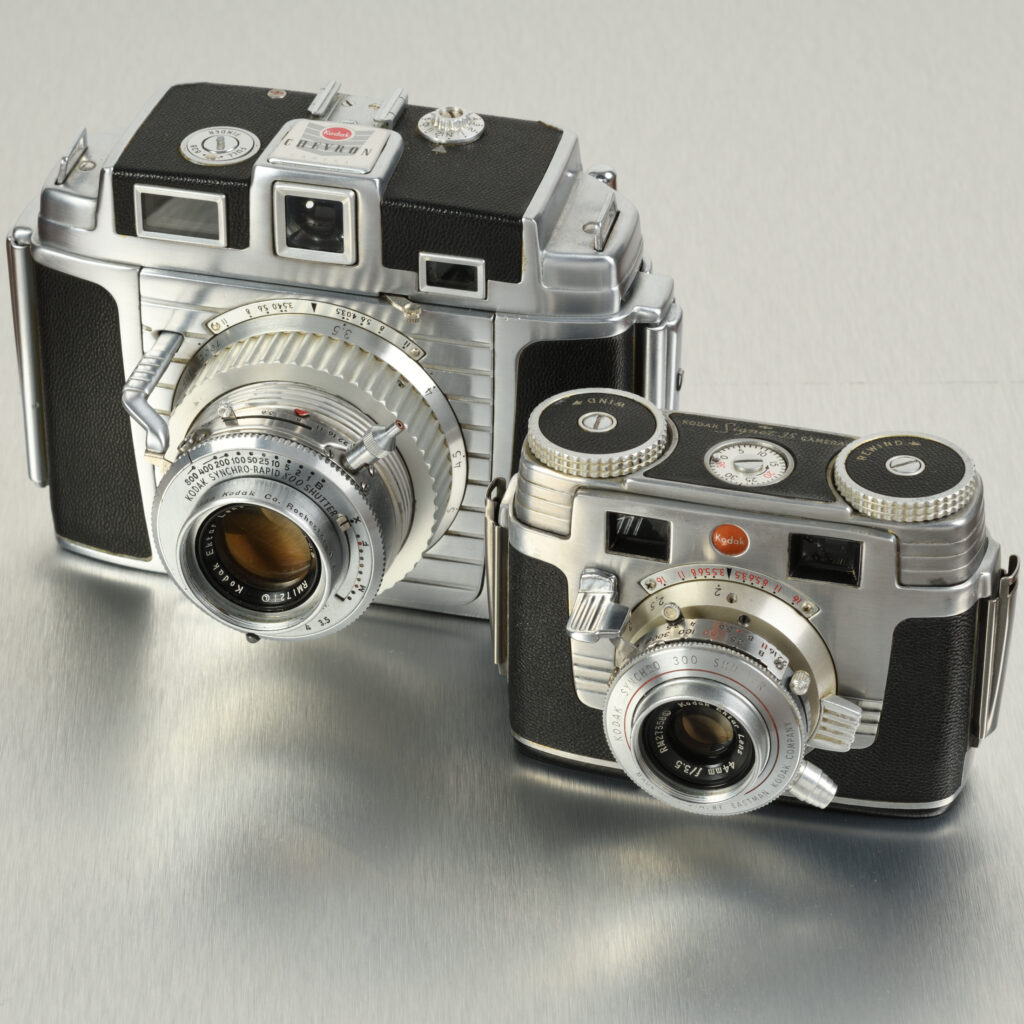
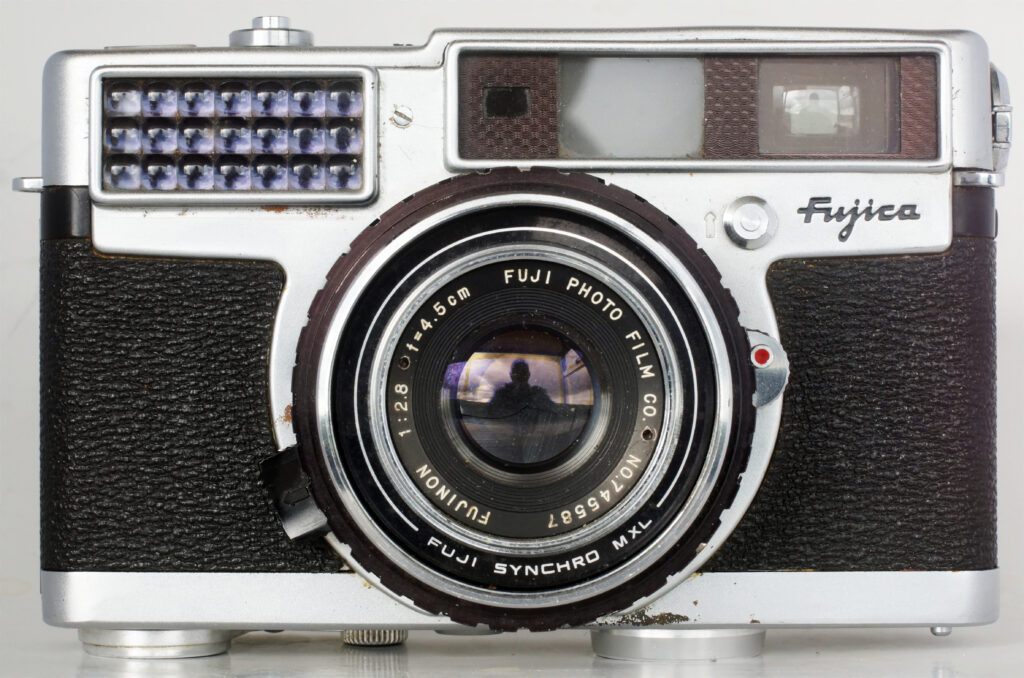




Comments
Andrew on Certo Dollina 2 – Otherwise Unwanted Cameras № 5
Comment posted: 06/07/2024
The Zeiss Tessar lens is probably the smarter choice than a Schneider Xenon as we are talking about a period before lens coatings. The fewer glass to air surfaces in the Tessar means that it behaves better than a more corrected double Gauss design until such time as lens coating came out.
I believe that lens coating was invented by Zeiss during World War II and was a German military secret which was uncovered by allied intelligence before the end of the war. That story would probably justify an article all of its own!
Comment posted: 06/07/2024
Comment posted: 06/07/2024
James Billings on Certo Dollina 2 – Otherwise Unwanted Cameras № 5
Comment posted: 06/07/2024
Lance Rowley on Certo Dollina 2 – Otherwise Unwanted Cameras № 5
Comment posted: 06/07/2024
Marco Andrés on Certo Dollina 2 – Otherwise Unwanted Cameras № 5
Comment posted: 06/07/2024
« Certo is nowhere near as well known as the cameras from Zeiss, Agfa, Voigtländer, even Balda…
I was so impressed that I chose “certo6” as my eBay ID! »
He discovered how well-built the camera was when he had to strip one down a Certo Six folder for a repair.
Comment posted: 06/07/2024
Jeff T. on Certo Dollina 2 – Otherwise Unwanted Cameras № 5
Comment posted: 06/07/2024
Comment posted: 06/07/2024
Gary Smith on Certo Dollina 2 – Otherwise Unwanted Cameras № 5
Comment posted: 06/07/2024
Comment posted: 06/07/2024
Comment posted: 06/07/2024
James Evidon on Certo Dollina 2 – Otherwise Unwanted Cameras № 5
Comment posted: 06/07/2024
Comment posted: 06/07/2024
Jeffery Luhn on Certo Dollina 2 – Otherwise Unwanted Cameras № 5
Comment posted: 06/07/2024
Great clear text and very nice photos! Maybe I missed it: Do you process and print your work? I also 'bottom fish' for old useable cameras. Mostly folding Zeiss, but I have a Balda and other ones too. A few odd Mockva ones! Those models are a 'pig in a poke!' Do you use that expression? I'll look for Certo. Thanks for your post!!
Comment posted: 06/07/2024
Daniel Emerson on Certo Dollina 2 – Otherwise Unwanted Cameras № 5
Comment posted: 10/07/2024
Well composed and interesting photos all round. Your restoration admirably provided the machinery for shots. I turned into your 'between the wars' camera history as there is a Kodak Retina II folder camera in my collection that had inspired me to learn about the period.
Ken Tuomi on Certo Dollina 2 – Otherwise Unwanted Cameras № 5
Comment posted: 07/01/2025